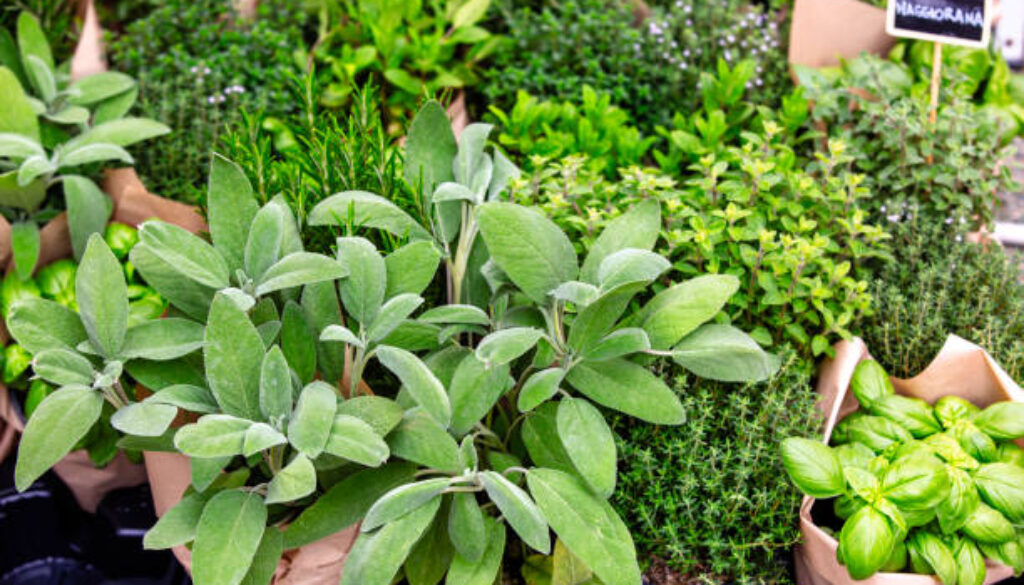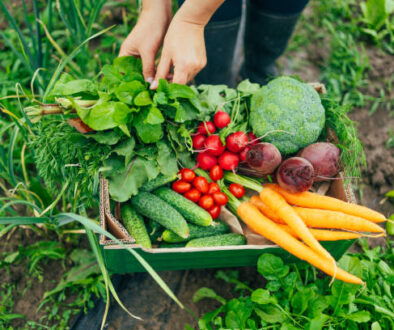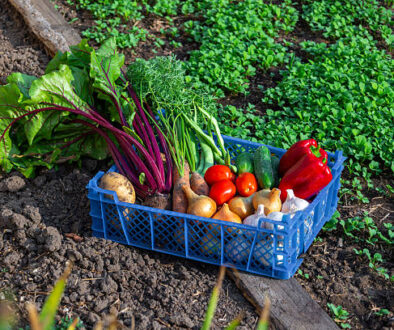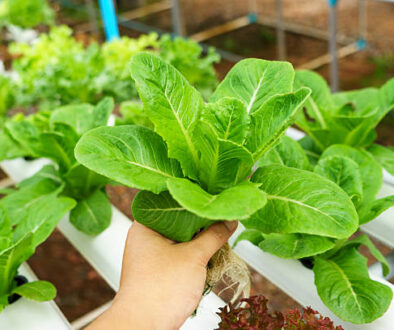How to Turn Your Yard Into a Powerful Herbal Medicine Garden (Without Spending Much)
This post may contain paid and/or affiliate links. I may earn a small commission at no extra cost to you.
You don’t need a big budget or fancy equipment to create a thriving herbal medicine garden.
With a little planning, some seeds or cuttings, and a few simple techniques, your yard can become a natural pharmacy filled with medicinal herbs that support your health year-round.
Here’s how to do it without spending much.
Why Start an Herbal Medicine Garden
Growing your own medicinal herbs has many benefits:
- Natural remedies at your fingertips: Treat minor ailments without trips to the store.
- Cost-effective wellness: Herbs are cheaper than many over-the-counter remedies.
- Gardening as therapy: Working with plants is relaxing and rewarding.
- Sustainable living: Reduce packaging waste and chemical dependence.
Even a small backyard, balcony, or patio can become a functional herbal medicine garden with careful planning.
Related:
- How to Create a Colorful Medicinal Garden in Your Backyard?
- Why Everyone should have a medicinal garden in their backyard
- The Most Important Plants That Are Probably Missing From Your Backyard (Medicinal Plants)
1. Start With Easy-to-Grow Medicinal Herbs

Choose herbs that are hardy, versatile, and low-maintenance. Some of the best options include:
- Chamomile: Soothes stress and aids digestion.
- Peppermint: Supports digestion and relieves headaches.
- Lavender: Calms nerves and has antiseptic properties.
- Lemon balm: Reduces stress and promotes sleep.
- Calendula: Excellent for skin care and minor wounds.
Tip: Start with a few key herbs and expand gradually to avoid overwhelm.
2. Use Seeds and Cuttings
Seeds are inexpensive and easy to start indoors or in small pots.
You can also propagate herbs from cuttings, which is a free way to expand your garden. Many herbs like mint, rosemary, and lemon balm root easily in water or soil.
Tip: Share cuttings with friends or neighbors to grow your garden without spending a dime.
3. Repurpose Containers and Garden Spaces
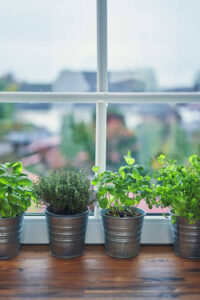
You don’t need new pots or raised beds. Reuse containers, old buckets, wooden crates, or even tin cans. Herbs thrive in small spaces, and container gardening keeps invasive plants like mint under control.
Tip: Drill holes in the bottom of containers for drainage to prevent root rot.
4. Use Compost and Natural Fertilizers
Instead of buying commercial fertilizers, make your own compost from kitchen scraps like vegetable peels, coffee grounds, and eggshells. Compost enriches the soil, improves drainage, and helps herbs grow strong and healthy.
Tip: Layer compost in garden beds or mix with potting soil for containers.
5. Group Plants by Water and Sun Needs
Place sun-loving herbs like rosemary, thyme, and sage in the sunniest spots, and shade-tolerant herbs like mint and lemon balm in partial shade. Grouping plants with similar needs reduces water waste and keeps them healthy.
Tip: Observe your yard to find the sunniest and shadiest areas before planting.
6. Harvest and Preserve Your Herbs
Harvest herbs regularly to encourage growth and potency. Leaves, flowers, and stems can be dried, frozen, or used fresh in teas, salves, or tinctures.
Tip: Dry herbs in small bundles in a cool, dark, and ventilated space to preserve flavor and medicinal properties.
7. Expand Your Garden Slowly
Don’t try to plant everything at once. Start with a few versatile herbs and add more over time. This approach saves money and prevents the garden from becoming overwhelming.
Tip: Keep a journal of what you plant, harvest, and use to track growth and potency.
Conclusion
Turning your yard into a powerful herbal medicine garden doesn’t have to be expensive.
With a little creativity, some seeds or cuttings, and simple gardening techniques, you can grow a thriving collection of medicinal herbs that support your health naturally.
FAQs
Q1: Can I grow herbs in a small yard or balcony?
Absolutely. Many medicinal herbs thrive in pots or small containers and require minimal space.
Q2: How long before I can start using the herbs?
Most herbs are ready in 6–8 weeks, while flowering herbs like chamomile or calendula may take a bit longer.
Q3: Do I need special soil or fertilizers?
No. Most herbs grow well in good-quality soil, supplemented with compost or kitchen scraps.
Q4: Can I propagate herbs for free?
Yes! Many herbs root easily from cuttings in water or soil, which is a cost-free way to expand your garden.
